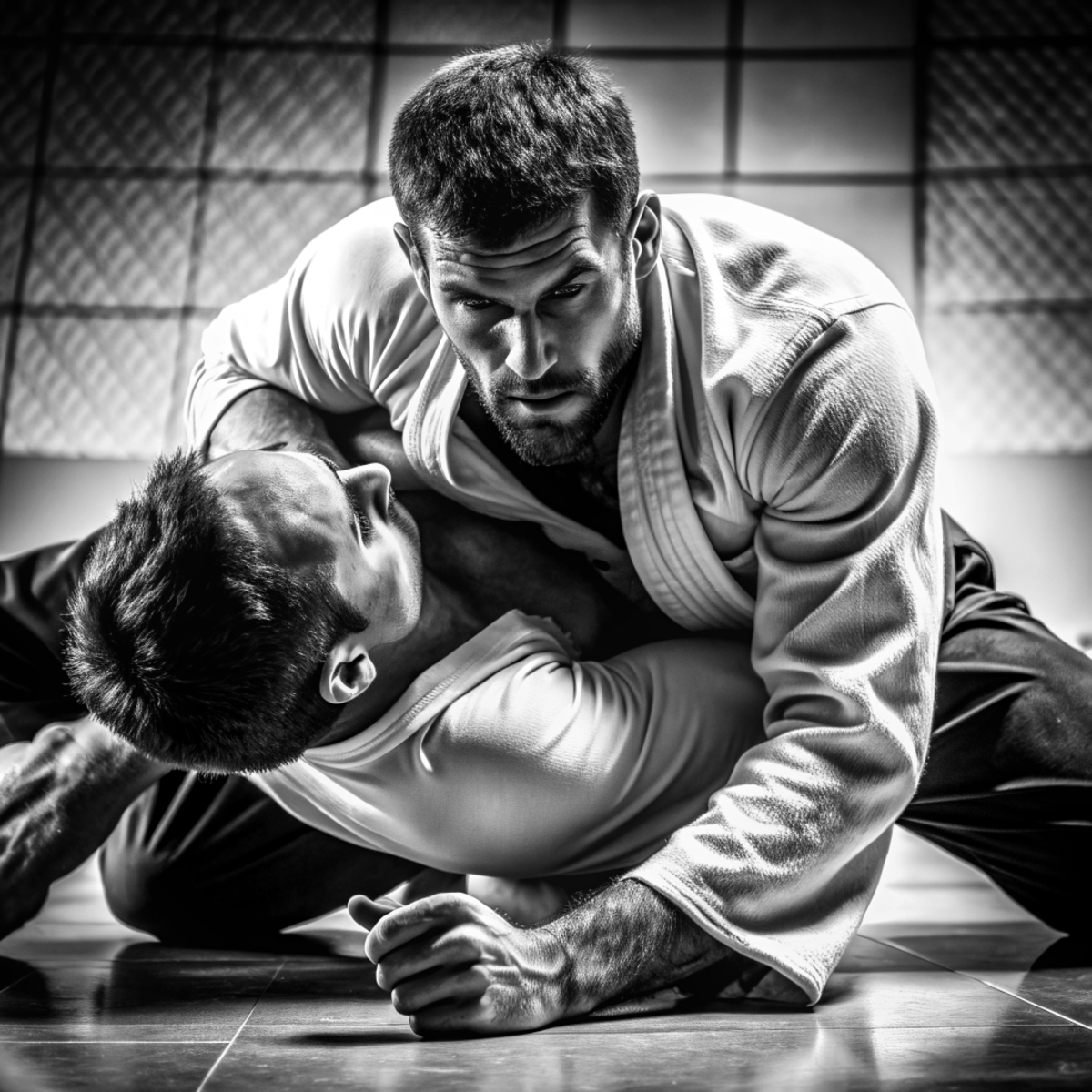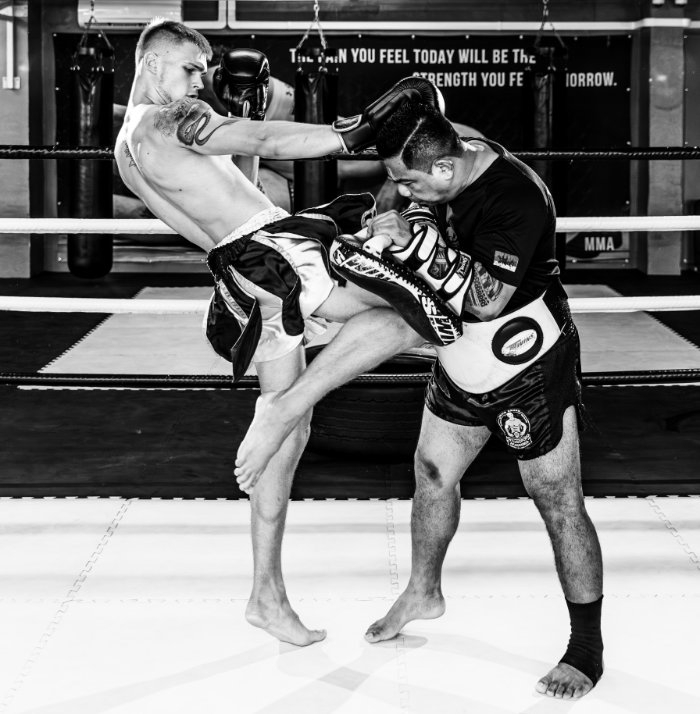

Muay Thai, also known as Thai boxing, is a martial art that originated in Thailand and is known for its powerful punches and complex techniques. This martial art is centuries old and has developed as an important part of the culture and history of the Thai people. In Estonia, Muay Thai has gained popularity in recent years, offering both physical and mental self-improvement and a healthy lifestyle. In this article, we look at the history and development of Muay Thai, as well as its popularity and influence in Estonia.
The roots of Muay Thai go back more than 2000 years. There are few written sources about its early days, but it is known to have evolved from the fighting techniques of Siamese (modern day Thailand) warriors. Muay Thai was originally known as “Muay Boran” which means “old boxing”. It was a technique used to survive on the battlefield and defeat the enemy.
Muay Thai became popular during the Thai kingdoms, especially the Ayutthaya period (14th to 18th centuries). At the time, Muay Thai was part of the royal military training program. The kings themselves were often skilled practitioners of Muay Thai and promoted the development of this martial art.
During Rattanakosin's period, Muay Thai continued to develop and became a national sport. During this period, competition rules, gloves and rings were introduced to make the sport safer and more organized. Since then, Muay Thai has developed into a professional sport that is practiced and appreciated all over the world.
Muay Thai is known as the "Art of Eight Limbs" because it uses eight points of contact in the fight: fists, elbows, knees and feet. The basic techniques of this sport include kicks, knees, elbows and kicks. The Muay Thai fighting style is known for its strength and efficiency, as it focuses on using full body strength and movement.
Muay Thai is not only a physical exercise, but also a mental discipline. It teaches respect, self-control, discipline and perseverance. Traditional Muay Thai training also includes rituals and ceremonies such as the “Wai Khru Ram Muay” (dance of thanks to the teacher) which is part of the cultural and spiritual heritage.
Muay Thai arrived in Estonia in the 1990s, when the first enthusiasts started looking for new and exotic martial arts. At first it was less known and the circle of practitioners was small. But gradually Muay Thai began to gain popularity thanks to international competitions and the dedication of local enthusiasts.
Today, Estonia has several Muay Thai clubs and training opportunities for both beginners and advanced players. There are clubs in Tallinn, Tartu and other major cities that offer professional training and competition levels. In addition to training, many clubs also offer opportunities for seminars and camps with international trainers and fighters.
Several Muay Thai competitions have been organized in Estonia, which have brought together fighters from Estonia and abroad. Estonian fighters have achieved significant results in international arenas, bringing home several medals and titles. The Estonian Muay Thai Union has actively promoted the development of the sport and organized various events to popularize Muay Thai among the local community.
Muay Thai has become popular in Estonia not only as a martial art, but also as a source of general physical and mental well-being. It has helped many people improve their physical fitness, confidence and mental balance. Muay Thai training is intense and requires a lot of commitment, but at the same time it also offers great satisfaction and fulfillment.
Muay Thai is a martial art with a rich history and deep philosophy, which has also found its place in Estonia. This sport is constantly growing in popularity, offering people the opportunity to learn something new and challenging. Muay Thai training in Estonia has become accessible and diverse, allowing anyone interested to find a suitable way to practice this art. Muay Thai is not only a martial art, but also a lifestyle that teaches respect, discipline and perseverance, values that are important in every walk of life.